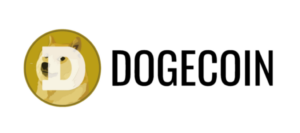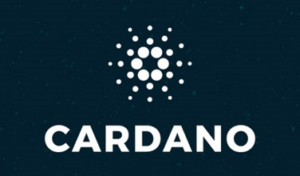Exploding Growth of Stablecoins on Ethereum Raises Concerns: What’s the Price?

The crypto world, in contrast to the traditional economy’s uncertainties and macroeconomic adjustments, continues to forge its path, often diverging from global trends. Recently, the Ethereum blockchain, the core of the decentralized ecosystem, achieved a groundbreaking milestone: almost $1.5 trillion in stablecoin transactions within a mere 45-day span. This achievement goes beyond setting a record; it signifies an underlying dynamism within the rapidly evolving DeFi market.
During this short period, Ethereum, the primary smart contract platform, witnessed a surge in stablecoin transaction volumes, reaching unprecedented levels close to $1.5 trillion. This remarkable performance surpasses previous records established in 2022 before the Terra/Luna and FTX/Alameda ecosystems’ downturns. Analyst Leon Waidmann from the Onchain Foundation noted that this substantial increase in volume reflects the growing adoption of stablecoins on Ethereum despite market sluggishness and ongoing volatility. Data indicates that major stablecoins like Tether (USDT), USDC, and DAI continue to dominate the crypto market, constituting over 90% of the total capitalization, with USDT maintaining a strong presence on Ethereum with more than $53 billion issued as ERC-20 tokens.
The record-breaking transactional volume underscores a rise in blockchain activity, solidifying its strategic position in the DeFi ecosystem. Unlike the booming phase in 2022 characterized by massive adoption before market downturns, this new peak occurs amidst an overall weak performance of crypto assets. This juxtaposition, where heightened trading volume coexists with a generally bearish market, demonstrates Ethereum’s resilience and attractiveness to significant capital inflows in a space where trust is frequently challenged.
Simultaneously, Ethereum’s second-level ecosystem, L2, is experiencing a revival following a period of decline. In early September, the total value locked (TVL) in Ethereum’s L2 solutions hit a low not seen since February 2024, reflecting the challenges faced by these solutions in an uncertain market. However, within a week, the TVL surged by 5.5%, reaching $33.4 billion according to L2Beat data, indicating a rejuvenation of these complementary networks. This rebound, though modest, highlights the adaptability of the L2 ecosystem and its potential to bolster the main Ethereum network by enhancing capacity and reducing transaction costs, crucial elements for sustaining massive usage.
Despite these positive developments, Ethereum confronts challenges ahead including market volatility and regulatory uncertainties, hindering broader adoption of Ethereum-based solutions. Moreover, competition intensifies with the emergence of alternative blockchains that are often faster and cheaper, attracting developers and capital. To maintain its leadership position, Ethereum must continue innovating not only in scalability but also in user experience and security. The recent resurgence of its L2 ecosystem demonstrates Ethereum’s resourcefulness and strategic initiatives, yet the path to widespread adoption remains laden with obstacles.




